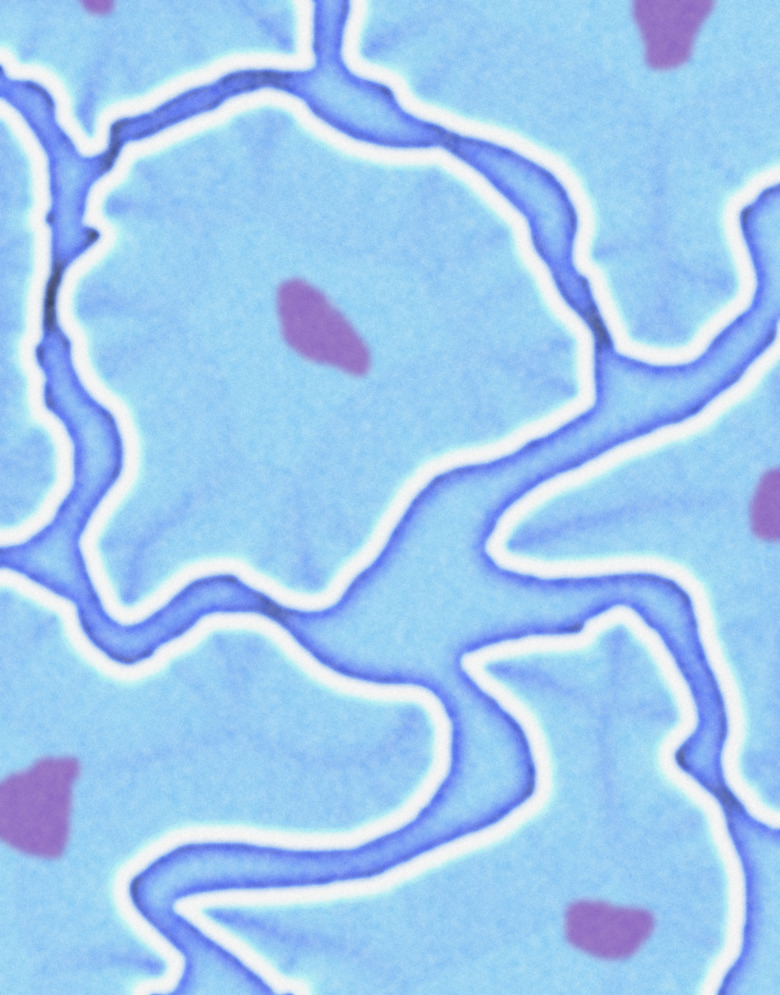Who Discovered The Nuclear Envelope?
The nuclear envelope — also called the nuclear membrane — consists of two membranes that surround the nucleus of plant and animal cells. Both the nucleus and the nuclear envelope were discovered by Scottish botanist Robert Brown in 1833. Brown discovered the nucleus and nuclear envelope while studying the properties of plants using new techniques he developed with a light microscope that allowed for a close examination of cellular structure.
Dr. Robert Brown
Dr. Robert Brown
Robert Brown was born in Montrose, Scotland in 1773. He took art classes in Montrose and Aberdeen before studying medicine at the University of Edinburgh. At the time, botany was not widely considered a serious science and was practiced mostly by amateurs. Brown, who had become interested in plants while studying art, is widely considered the father the science of plant identification and classification. He is widely credited with bringing botany into the scientific mainstream of his day.
Cite This Article
MLA
Markey, Dell. "Who Discovered The Nuclear Envelope?" sciencing.com, https://www.sciencing.com/discovered-nuclear-envelope-9255/. 24 April 2017.
APA
Markey, Dell. (2017, April 24). Who Discovered The Nuclear Envelope?. sciencing.com. Retrieved from https://www.sciencing.com/discovered-nuclear-envelope-9255/
Chicago
Markey, Dell. Who Discovered The Nuclear Envelope? last modified March 24, 2022. https://www.sciencing.com/discovered-nuclear-envelope-9255/
